The Janissaries were the sultan's elite army. At first they were gunmen under a bow and arrow, and later they were given firearms. Janissary units were made up of Christian children who were abducted from their families because of a tribute (tax) called devshirma or blood tax. In that tribute in blood the Ottomans kidnapped small male children in occupied Christian countries and took them to special camps where they were taught to become the greatest enemies of the people from whom they were abducted. The Ottomans recognized the cruelty of the Janissaries, so they sent them to the areas from which they were abducted. The Janissaries showed without hesitation the fearlessness and cruelty they had learned from the Ottomans.
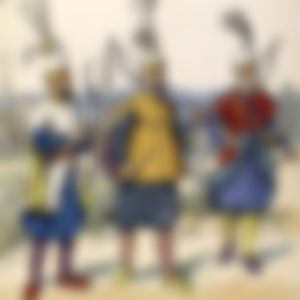
In the early 16th century, Croatia came under attack from the great Ottoman Empire and not a single part of it was spared. The Croatian nobility was also attacked during the battle of Krbavsko polje in 1493, when the great Croatian-Turkish Hundred Years' War began. Ban Emerik Derenčin also lost his life in that battle, which marked the downfall of the Croatian nobility. The Turkish army, then composed mainly of Vlachs, had the task of turning everything into desolation and taking people into slavery. After the introduction of the Turkish administration, the life of the population changed significantly. All conquered Croatian territories were included in one administrative unit, beglerbegat Bosnia.
It is especially known that the Turkish tribute was collected with the greatest cruelty and that the collectors often became rich people who left behind devastated villages, fields and houses.
Among the many sufferings and afflictions, the Blood Tribute was extremely difficult - taking Christian girls to harems and boys to janissaries. Sultan Murat II. In 1420, he introduced the "Tribute in Blood" (ajami-oglan-translation of foreign sons) which collected Christian boys from conquered lands, in order to create an elite faithful slave army - janissaries.

Under the supervision of a local beglerbeg or sandzakbeg, in each village the said commission invited all male children between the ages of seven and eighteen and their fathers as companions and selected only those boys who seemed physically and mentally capable to them. The tribute in blood, or Devshirma, was carried out in the 16th century every third, fifth or seventh year, depending on the need for new servants at court, in the army and the state apparatus.
In addition, the goal was not to create an aristocracy that could endanger the sultan. Therefore, only non-Muslim children were collected. Every five years, commissioners / tax collectors called corporals came from Constantinople to the enslaved South Slavic countries, going from place to place, and each host had to say the exact number of children and show them to the commissioner. It is interesting to mention that the Ottomans still had certain standards when choosing non-Muslim children. Bosniaks were their favorite target, Russians were considered restless and treacherous people, Jews were seen only as traders, and Roma as unworthy and dirty.
Concealment was severely punished. There was no regulation on how many children could be taken from one house. Each commissioner, at his discretion, took as many of the healthiest and most beautiful children as he needed.

Christians cut off the fingers of their boys, taught them to pretend to be deaf-mute, tattooed their crosses, and otherwise saved them from being taken to the Janissaries. The blood tax collection system began to go out in the early 17th century and completely disappeared at the end of that century. From the 15th to the 17th century, two hundred thousand to three hundred thousand boys were taken from the Balkans by tribute in blood.

The Janissaries, along with the spahis, formed the main branch of the Ottoman army. Their name comes from the Turkish words yeni çeri, which means "new army". They were kapukulu- "servants of the sultan". They were raised to serve in the military and government institutions and became a private standing army that easily defeated the Christian and feudal armies. Janissaries were able to marry Muslim women after military service and so their descendants were freed from the same fate. They were armed first with a bow and arrow, and later from the 15th century with firearms.

Not all janissaries served in the capital. A number of janissaries were stationed in various cities and fortresses, primarily in the border area, partly to repel enemy incursions, and partly to act as a force of order and prevent a provincial revolt in the event of riots. It is estimated that the Janissary detachments in 1475 numbered about 6,000 members, and by 1528 their number had grown to 27,000. By 1591 the number had grown to 48,000, and in 1806 their number exceeded 100,000.

In peacetime they did not receive a salary. During the war, the commander and other officers received a percentage of the company's salary and supplies and inherited the property of the deceased janissaries. This led to abuse by several officers, which led to a weakening of discipline to such an extent that the Janissaries were from time to time accused of all sorts of arrogance and abuse. They became a kind of praetorian body that began to interfere in court life and government affairs, so in some periods they used their power to overthrow and elect sultans however it suited them. Sultan Selim II. he tried to abolish them in 1807, but was overthrown because of it. After another revolt, Sultan Mahmud II. he finally decided to get rid of them in 1826 by having 30,000 of them executed.
Famous military leaders and warriors!

The first to be mentioned is Vizier Mustafa, a native of Slavonia, married to the sister of Suleiman the Magnificent who recently became sultan. When Suleiman set out to reconquer Rhodes, the navy with a crew of 10,000 soldiers was led by Mustafa, but after a failed siege in 1521 he was sent as governor to Egypt. Ferhat Pasha, the Grand Vizier, a native of Šibenik, who led 15,000 janissaries, also took part in the battle. After breaking into the city, they robbed and desecrated the church of St. John on Christmas Day itself.
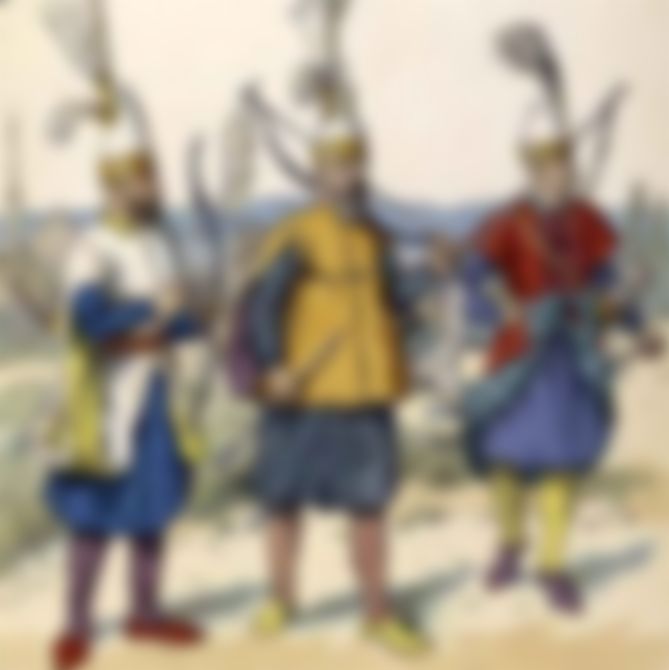
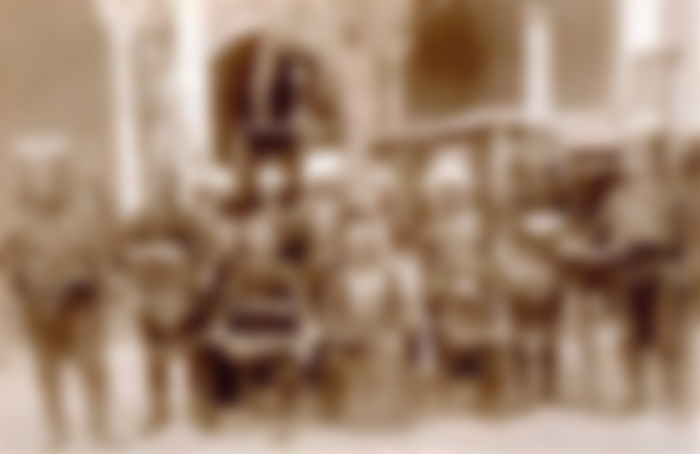

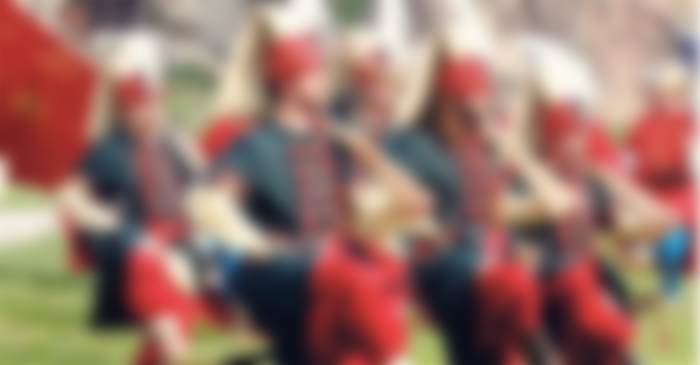
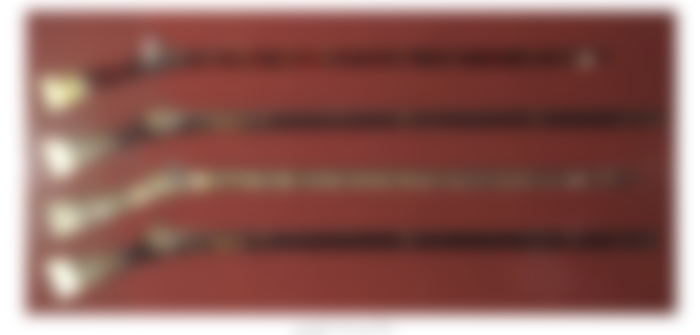

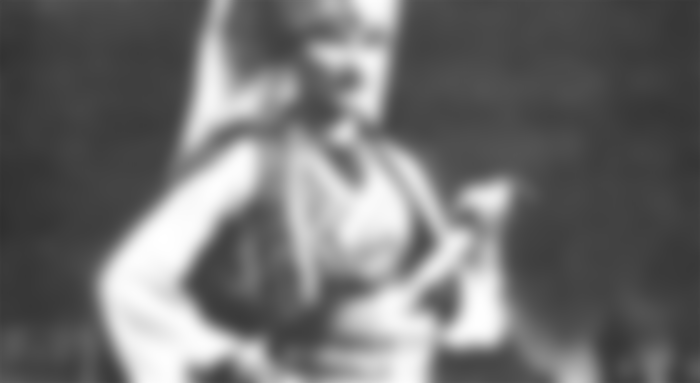
A wonderful article from our history!